Kodak 35mm paints an emotional picture of Colombia’s nascent drugs trade in 'Pájaros de Verano' ("Birds of Passage")
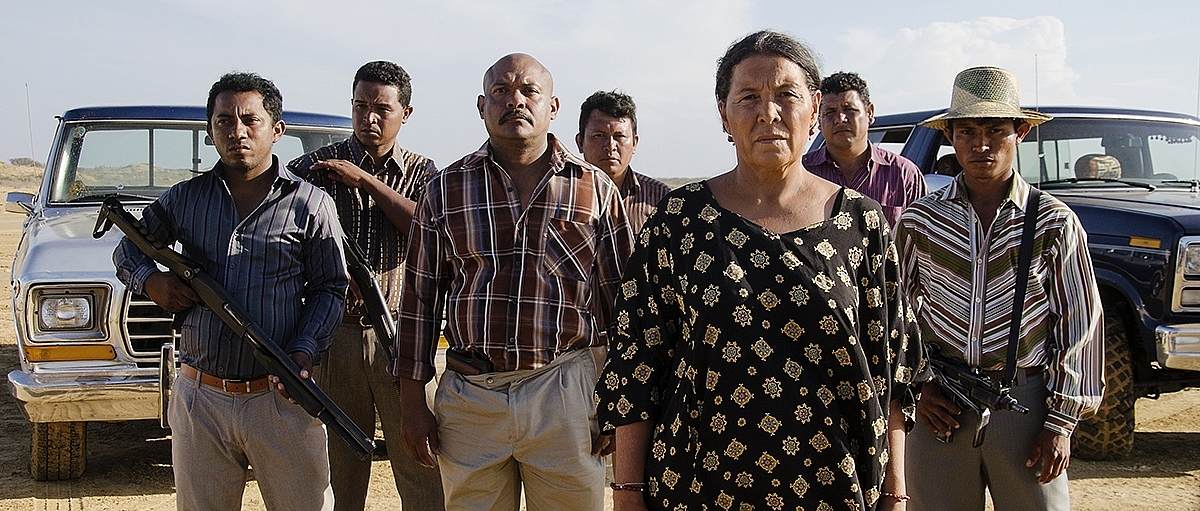
Striking images from the 35mm feature "Pájaros de Verano" ("Birds of Passage"). Image by Mateo Contreras.
Shot on Kodak 35mm, and the opening screener of Director’s Fortnight at the 2018 Cannes Film Festival, Pájaros de Verano (Birds of Passage), charts the origins of the Colombian drug trade, through the epic story of an indigenous Wayuu family who become involved in the booming and brutal business of supplying marijuana to America during the 1970s.
The operations are run with an iron fist by the Wayuu family matriarch, played by Carmińa Martinez. “Do you know why I’m respected?” she demands. “Because I’m capable of anything for my family and my clan.” When greed, passion and honor collide, a fratricidal war breaks out that puts their lives, culture and ancestral traditions at stake.
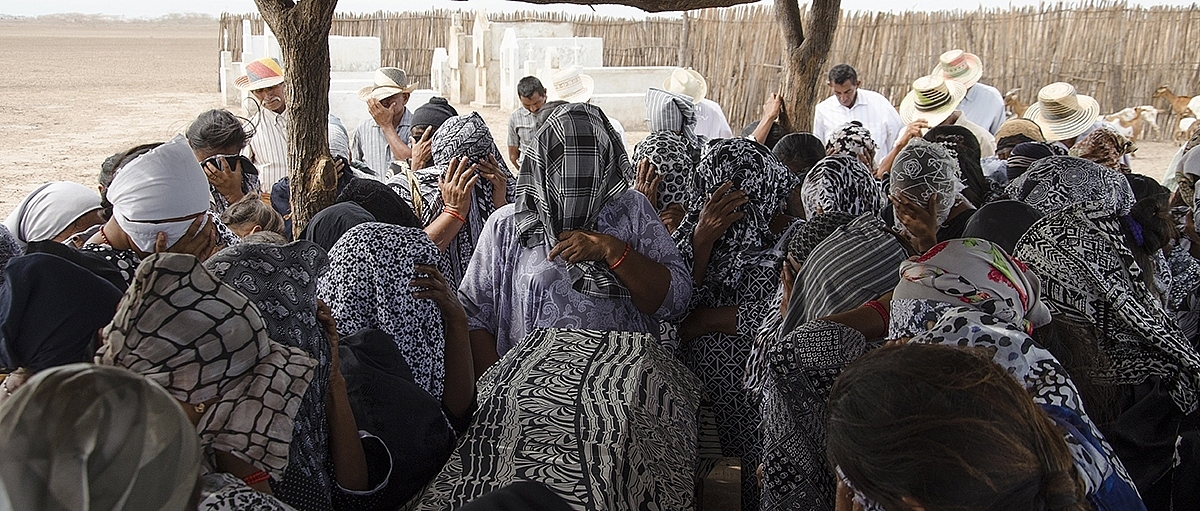
Striking images from the 35mm feature "Pájaros de Verano" ("Birds of Passage"). Image by Mateo Contreras.
The feature, whose narrative spans almost two decades, was co-directed by Cristina Gallego and Ciro Guerra, from an original script written by Jacques Toulemande and Maria Camila Arias. Cinematography on the production was supervised by David Gallego ADFC, who also operated the camera. These were the same creative collaborators behind the 2015 Oscar-nominated Embrace of The Serpent, which was also shot on 35mm film, and was notably lauded for its superlative B&W finish.
However, unlike the monochromatic visuals the team achieved for Embrace of The Serpent, Pájaros de Verano was to be an altogether more colorful affair. Filming took place during a nine-week period, from February to April 2017, in the scorching heat and hard sunshine of La Guajira, a department of Colombia on the Caribbean, bordering Venezuela and encompassing most of the Guajira Peninsula. The area is distinguished by desert landscapes, giant sand dunes, as well as remote ranches and fishing villages of the indigenous Wayuu people.
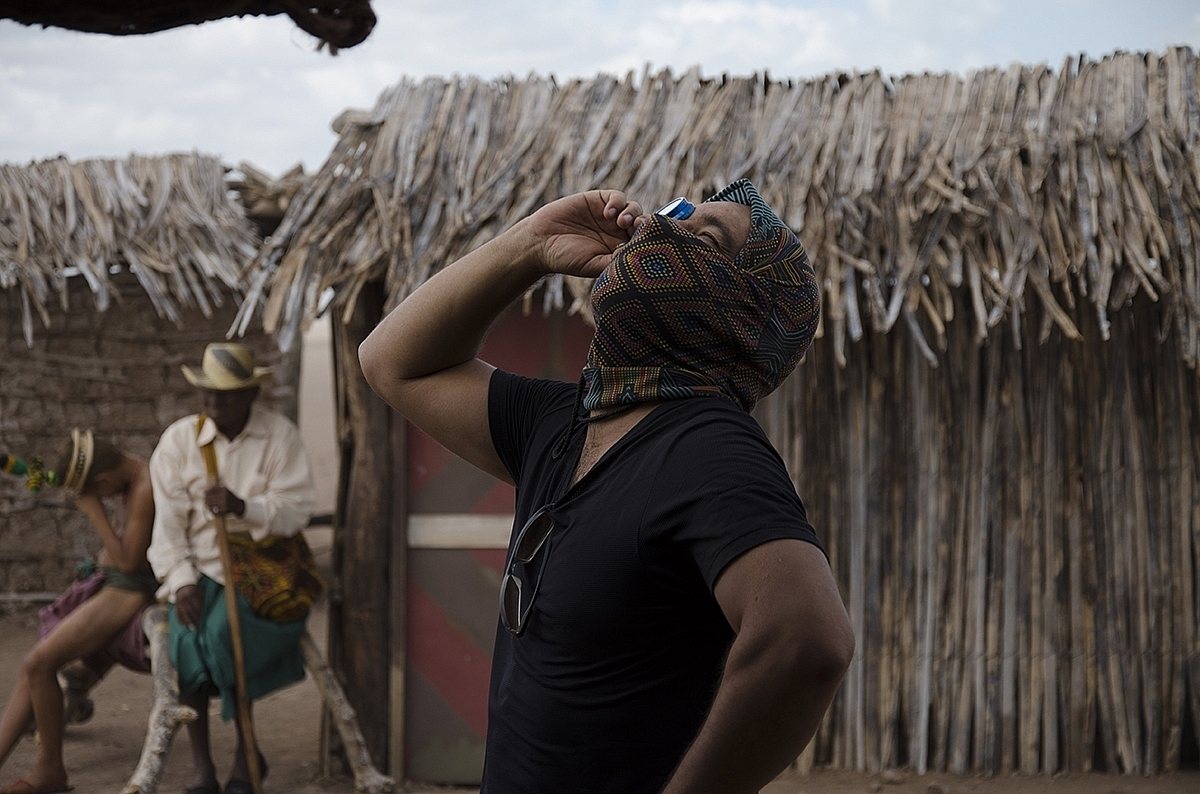
DP David Gallego ADFC considers a shot, whilst shielded from the harsh Colombian sunshine, during production of "Pájaros de Verano" ("Birds of Passage"). Still by Mateo Contreras.
“We wanted to create the sensation of going back in history and being there for real,” says DP David Gallego, “to the time when, due to the drug trade, the Wayuu people started to lose their traditions, their spirituality, and the devastating effect that this often brutal business began having on the greater society of Colombia.”
Working with the directors and art director Angélica Perea, Gallego referenced a host of archive photographs of the La Guajira area during the 1970s. “We were struck by many sensations – the texture of the Wayuu people’s clothing, and the strong, beautiful colors they used in their customs and rituals, as well as the texture and colors of the village buildings and the landscapes. The images were powerful, sensorial and real.
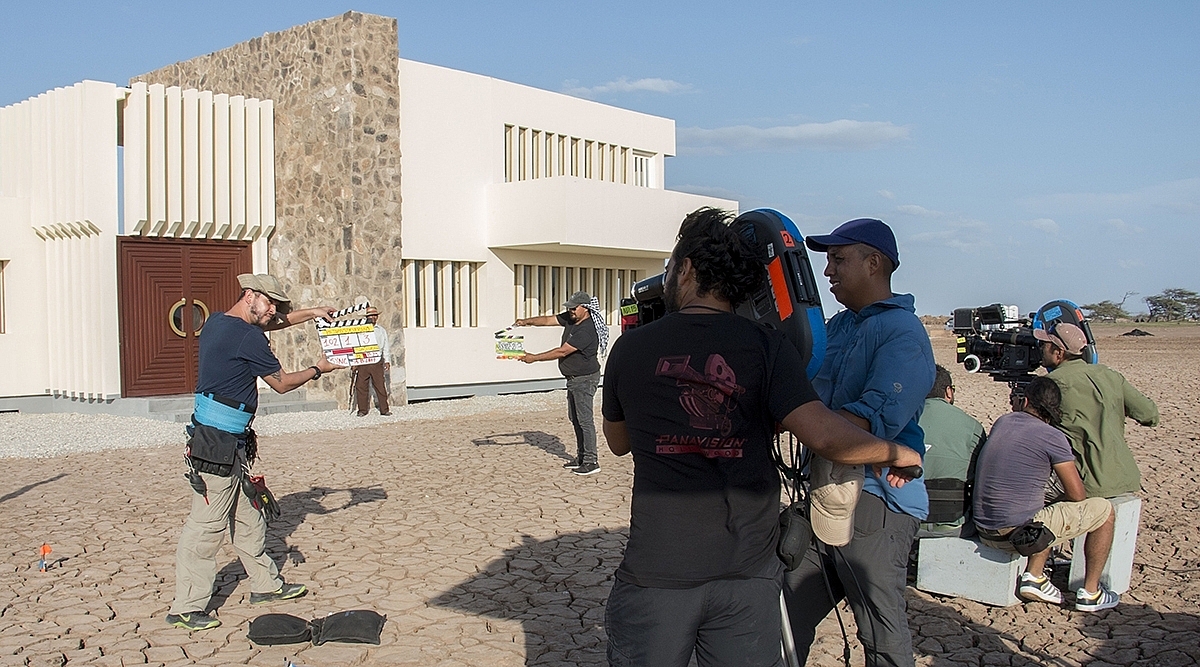
Kodak Vision 3 250D captures the daytime action on "Pájaros de Verano" ("Birds of Passage"). Still by Mateo Contreras.
“Unlike digital, when you combine 35mm film with authentic costume, make-up locations and props, you get a platform that reaches back into the past. Film becomes your ally,” says the cinematographer. “Shooting on film immediately helped us to achieve the textures of those original photographs, and transported us into the historical memory and feeling of Colombia during the 1970s. When the light hits the emulsion, the effect is unique, and you cannot readily achieve this energy, or this type of feeling with a digital camera. "Yes, you have to wait to see the rushes, but this - it’s magical.”
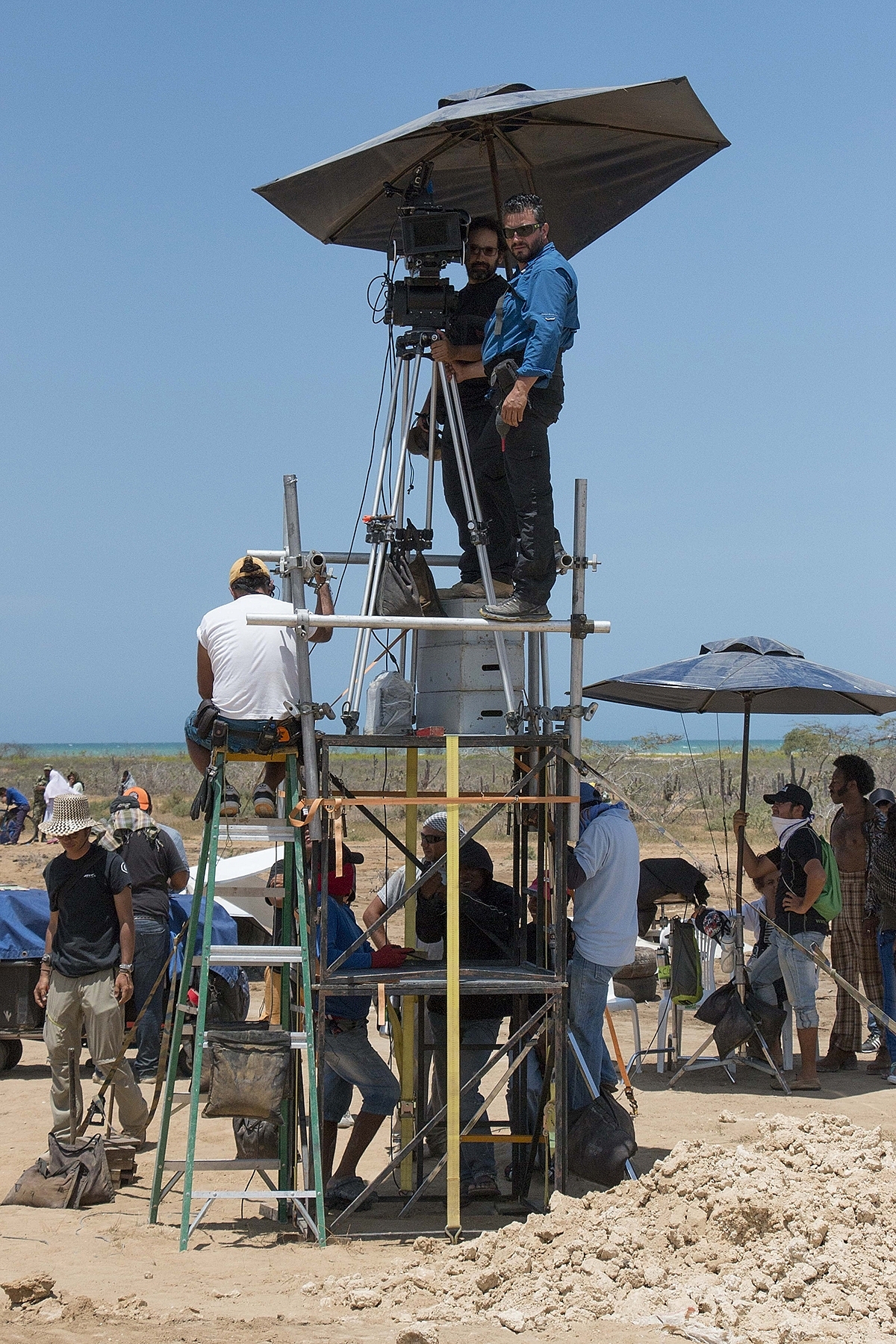
Behind-the-scenes stills of "Pájaros de Verano" ("Birds of Passage"). Image by Mateo Contreras.
Gallego framed the production in 3-perf Techniscope, which gives a 2.39:1 aspect ratio, and shot with a combination of spherical UltraPrime lenses, plus Allura and Angenieux zooms, variously fitted to an ARRICAM LT camera.
“Shooting widescreen is an epic format for an epic story – great for landscapes and our characters,” notes Gallego. “Ciro and Cristina prefer smooth, considered framing using an observational camera style, so we very rarely went handheld on this production, and had a static camera on a tripod most of the time.”
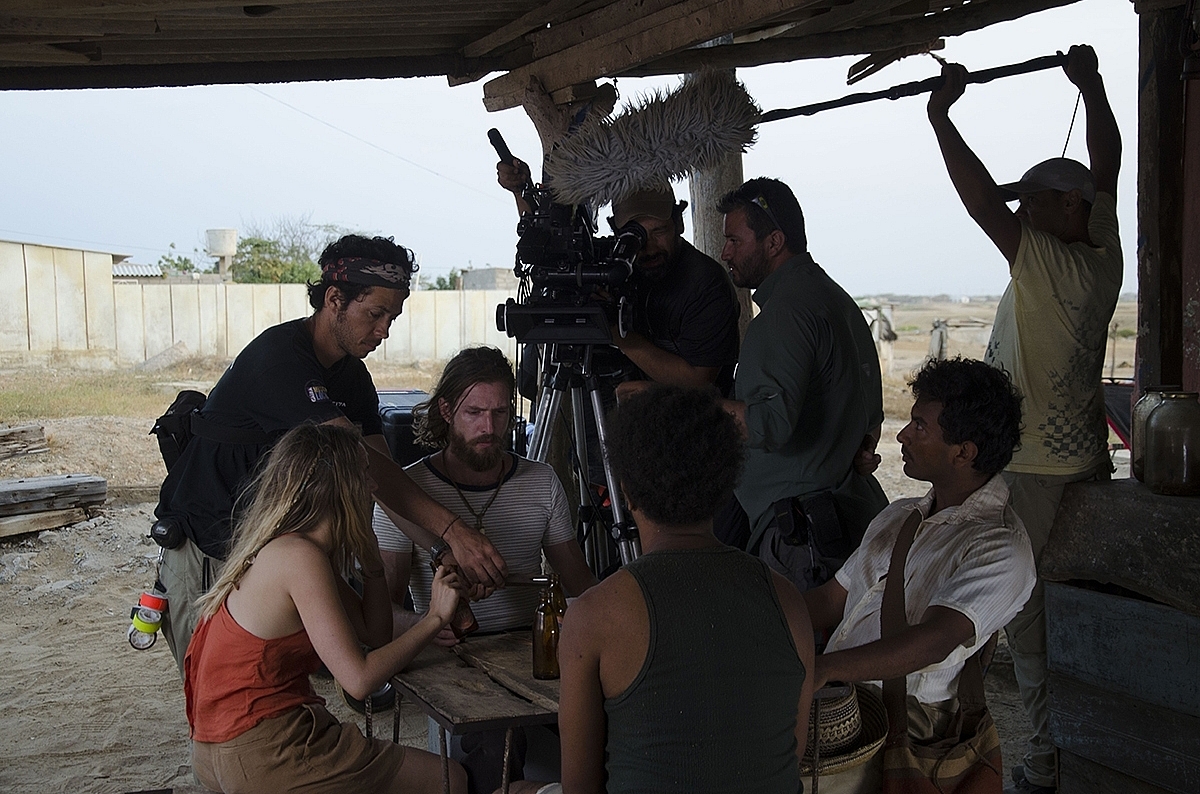
An indoor/outdoor behind-the-scenes shot of "Pájaros de Verano" ("Birds of Passage"). Still by Mateo Contreras.
Gallego captured Pájaros de Verano using a trio of Kodak stocks – the workhorse being KODAK VISION3 250D Color Negative Film 5207 for the daytime exteriors/interiors, with KODAK VISION3 500T Color Negative Film 5219 used for night interiors/exteriors, plus a modicum of KODAK VISION3 50D Color Negative Film 5203 to capture the essence of verdant exterior locations. Film processing was done at LaboDigital in Mexico City.

DP David Gallego ADFC at the 35mm camera during production of "Pájaros de Verano" ("Birds of Passage"). Still by Mateo Contreras.
“The 250D has a small grain structure that looks good and goes well with the 500T. Both stocks gave us the energy and texture we wanted, and they have excellent dynamic range too. They always perform well in the highlights of the image, with very smooth results,” says Gallego. “I knew the 250D would react particularly well in the strong Colombian sunshine and give us images with rich, bold colors and strong contrast, especially in the scenes we filmed in La Guajira desert.”
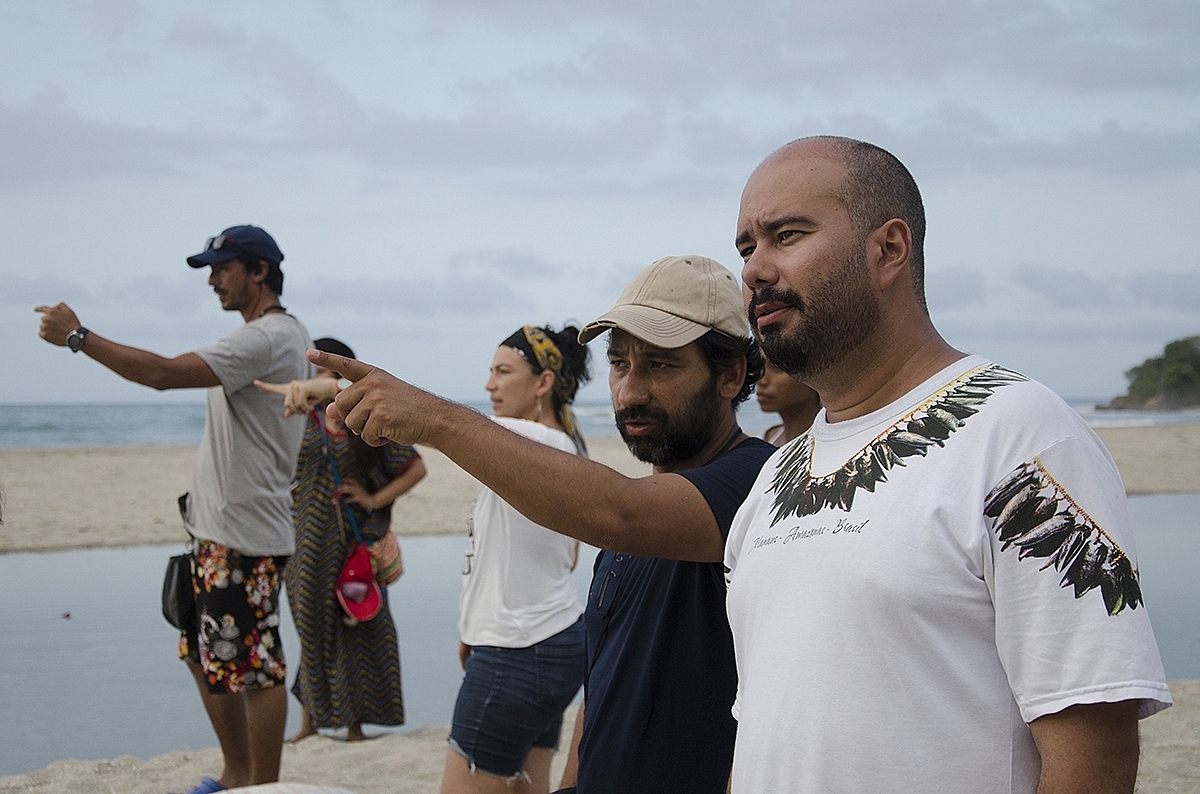
DP David Gallego ADFC and co-director Ciro Guerra (r) discuss a shot during production of "Pájaros de Verano" ("Birds of Passage"). Still by Mateo Contreras.
He adds: “I picked the 500T as we had quite a few night shoots. I used it to paint out of the darkness, using either practicals, such as firelight, or when necessary a small number of low-wattage HMIs, to pick out the characters.”
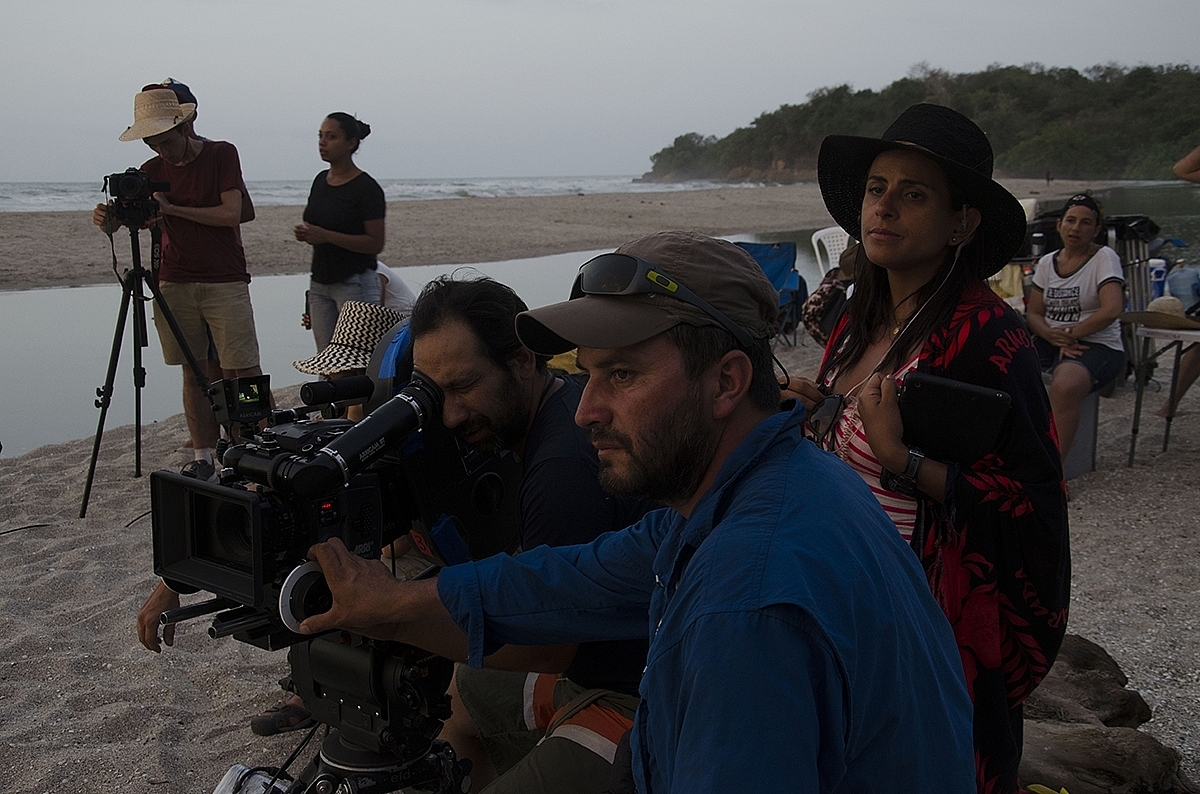
A night time shoot on "Pájaros de Verano" ("Birds of Passage") under the watchful eye of co-director Cristina Gallego. Still by Mateo Contreras.
When asked which scene he feel best reveals the value of shooting on film, Gallego says, “the fight scenes and especially all of the desert shots. When the Wayuu people walk in the hot, sandy landscape you experience its enormous expanse, and you can feel the sheer heat and warmth of the colors.”
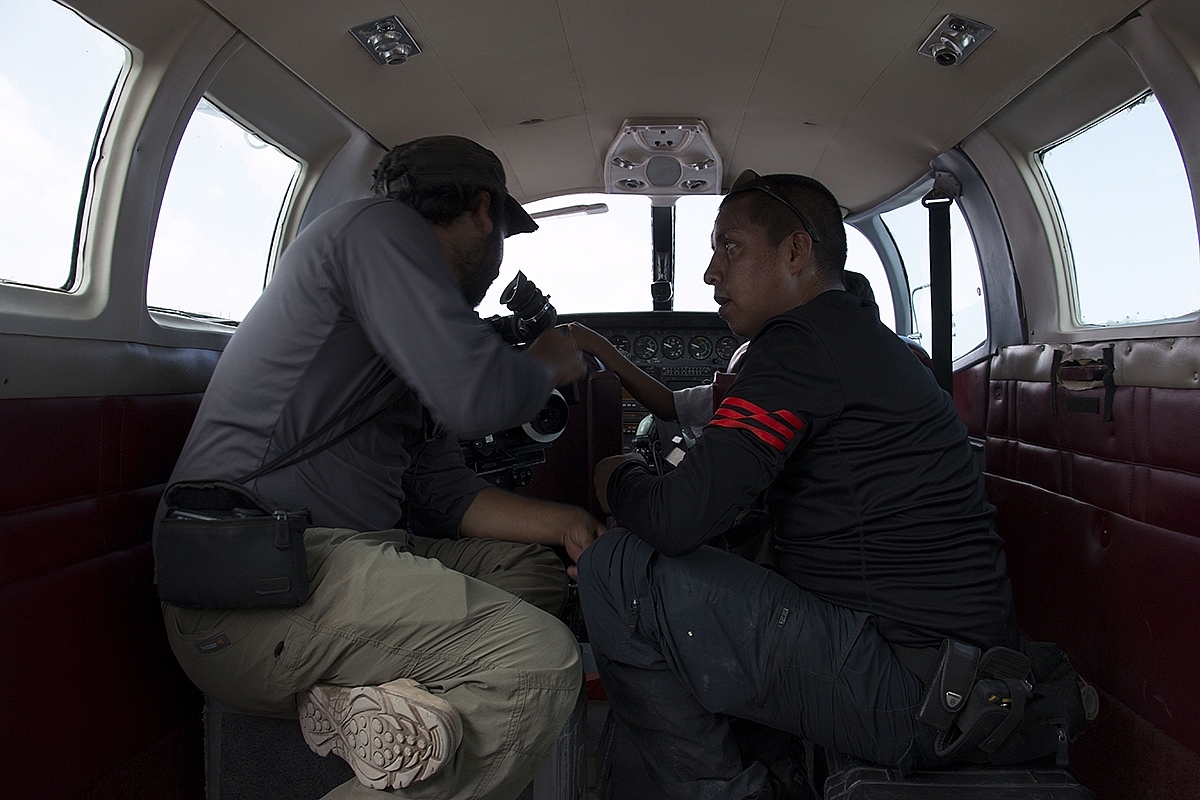
Behind-the-scenes stills of "Pájaros de Verano" ("Birds of Passage"). Image by Mateo Contreras.
He concluded: “I am very pleased with the final result of the whole film. When I saw the completed movie in post production, the main things we wanted were there, thanks to Kodak film – the sense of memory, of going back in time. I felt genuinely touched by the story, and I hope audiences will also feel really immersed in an incredible narrative during an incredible period of time in Colombia history.”